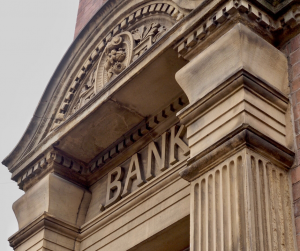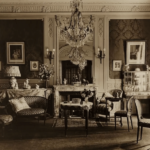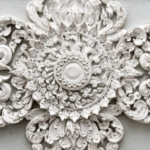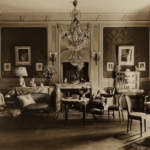Plaster mouldings have a rich history in the UK, dating back to the 16th century when Italian craftsmen first introduced the art of plasterwork to the country. This craft quickly gained popularity among the wealthy, who commissioned intricate ceiling decorations and wall panels to embellish their homes.
During the 17th and 18th centuries, plasterwork reached new heights of sophistication, with the development of new techniques and styles. One of the most significant figures in the history of plaster mouldings was the French craftsman Jean-Baptiste Michel, who came to England in the early 18th century and introduced the Rococo style of plasterwork.

The Georgian period, spanning the 18th and early 19th centuries, saw the peak of plasterwork in the UK. Wealthy homeowners decorated their homes with elaborate cornice, ceiling roses, and friezes, which were often painted or gilded to enhance their decorative effect. The Adam brothers, James and Robert, were particularly renowned for their classical-inspired plasterwork designs, which can be seen in many historic buildings, including the Bank of England and Kenwood House.

The Victorian era brought about a revival of interest in Gothic architecture, and this was reflected in the ornate plasterwork produced during this period. The use of new materials such as fibrous plaster and cast iron allowed for more intricate and elaborate designs, which were often used to decorate public buildings such as town halls, museums, and railway stations.
By the early 20th century, the popularity of plaster mouldings had declined, as more modern and minimalist styles came into fashion. However, there has been a recent resurgence of interest in traditional plasterwork, with many craftsmen working to preserve and revive this historic craft. Today, plaster mouldings can still be seen in many historic buildings throughout the UK, and their timeless beauty continues to inspire architects and designers around the world.

For inspiration and ideas on renovation and restoration of historic, period and heritage properties – Join us on Facebook or follow our instagram @abbymouldingsltd








